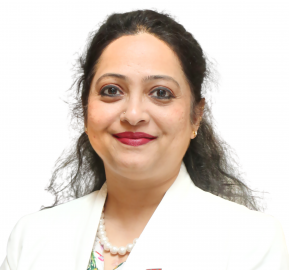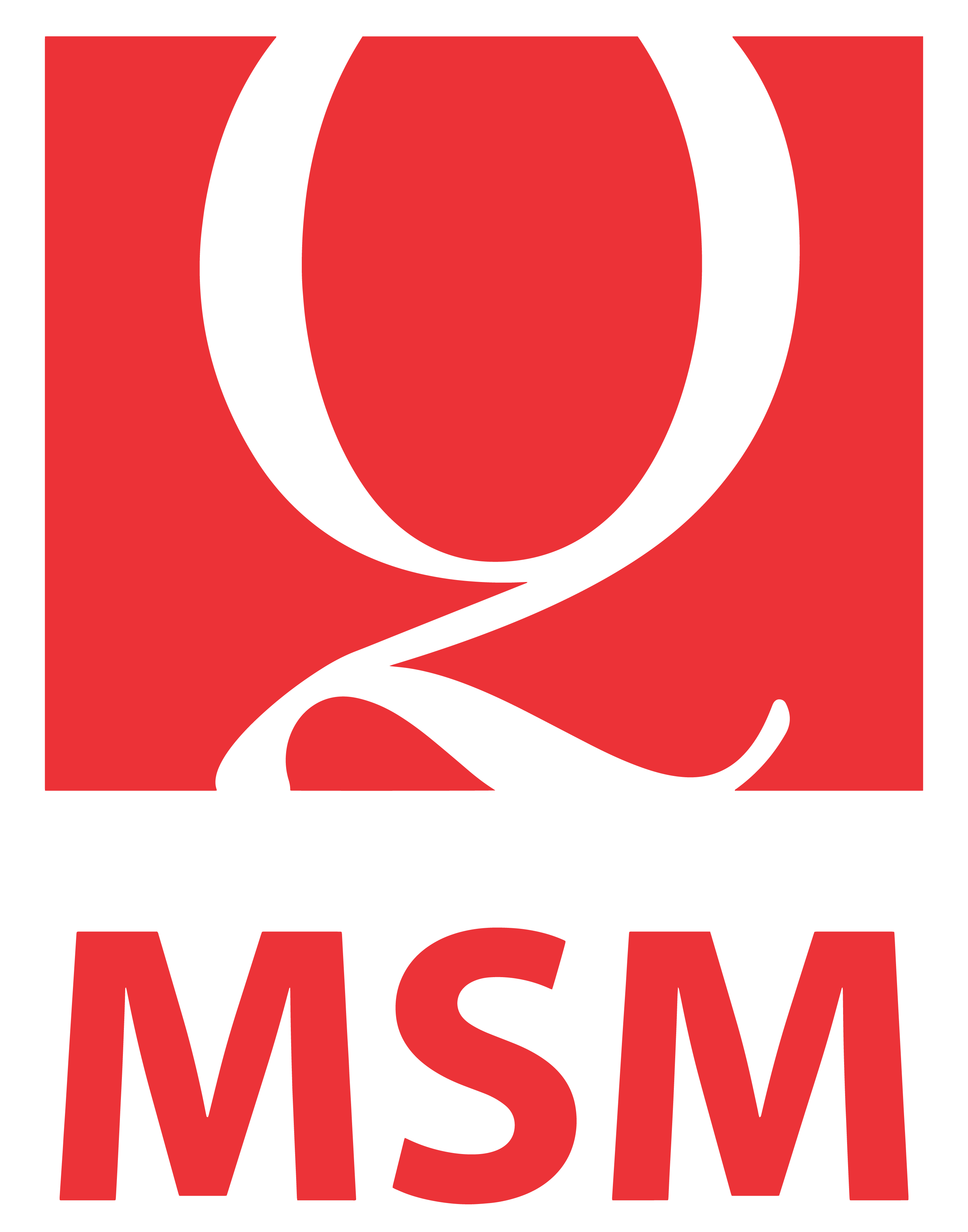Getting a college degree is no small feat. It can be an individual’s pathway to landing a high-paying and secure job. Faced with tough competition in the job market and strict admission requirements in universities, however, some applicants turn to fraudulent behaviour just to make the cut.
As higher education institutions (HEIs) sift through tons of documents, how can they know if submitted documents are 100% correct and authentic? Before we dive into the details, let’s first discuss the dear price to pay for document fraud.
Key Points at a Glance
- In the United Kingdom and the U.S., a person that uses fake student records can be imprisoned or pay a fine.
- In 2011, the University of Wales in 2011 was abolished following a series of scandals involving fraudulent activities committed by students.
- To prevent incidence of fraud, HEIs need to intensify efforts to verify the authenticity of student documents.
Consequences of Submitting Fake Student Records
In the United Kingdom, under the Fraud Act 2006, a person using fake student records, such as degree certificates and transcripts, can be liable and face imprisonment of up to 10 years, pay a fine, or both.
In the United States, forging documents is considered a felony and can result in probation, fines, restitution, and even jail time.
One concrete example is the case of Bernard Feraca of Bronxville, New York. According to court records, Feraca submitted a forged diploma from the University of Miami, stating that he completed a bachelor’s degree in civil engineering. His goal? To land a $127,932-per- year position. He was charged with three counts of offering a false instrument for filing and criminal possession of a forged instrument.
Despite the grave consequences, some students still resort to submitting forged or fake documents to increase their admission success, and the burden falls on higher education institutions, some of which have small teams and limited enrollment management capabilities, to screen these submitted student records.
Why Screening Documents is Important
The global education sector deals with fraud and corruption in many different forms. In addition to contract cheating, diploma mills and fraudulent documents are also tarnishing the reputation of many colleges and universities.
Fraudulent activities have severe ramifications for students. Similarly, it also has severe effects on the institutions.
One such case was the abolishment of the University of Wales in 2011 following a series of scandals involving cheating, student visas, and overseas affiliates. The BBC reported that overseas students were able to cheat their way into colleges accredited by the University of Wales to obtain visas.
North Dakota’s Dickinson State University was also placed on hold by the Higher Learning Commission in 2012 when it was found that the said institution graduated international students without authenticating their documents and checking if the students from Chinese and Russian partner institutions have the academic prerequisites.
How to Spot if a Student Document Is Fake
For the education industry, students must submit proof that they have completed the prerequisite studies to guarantee acceptance to a higher level of education. This is why part of the application process is the submission of a diploma.
Those who do not have this requirement may engage in fraud and buy a forged certificate from a real and existing university or get a certificate from a nonexistent university.
It can be a risky trail to take for some students, but technology has now enabled the use of sophisticated tools and resources to come up with a convincingly legitimate-looking document.
Ease of access to fraud peddlers is another factor. On the Syrian-Turkish border, degree merchants offer refugees a way to enter Europe through counterfeit documents.
Since it has become a lucrative business, one can easily buy a degree from small shops or even order online. In fact, these diploma mills can earn millions.
One U.S. government investigation called Operation Gold Seal managed to close down a diploma mill operation that was able to make as much as $7 million by issuing fake credentials.
In fraud prevention, there are various stages of evaluating student credentials. First, do you know all you can about educational systems worldwide, such as benchmark credentials for completing secondary education? Do you have up-to-date, comprehensive information to know what official academic credentials from different countries look like? Can your network of global colleagues be of assistance in intelligence gathering?

Next, here are some telltale signs of fraud in the application and admission process:
Certificate Design
One of the first things to check is the certificate design. Most fraudsters selling fake diplomas would typically use the old-school Gothic font because it was the most common font used in the olden days to denote tradition and prestige. Most recently, however, some HEIs no longer use such typeface for their diplomas.
This does not mean that a Gothic typeface automatically means fake, as there are still some universities that use ornate calligraphy for their diplomas.
Wording
If a certificate comes with wordings that date back to medieval times, take it as a red flag. It is also important to note that different universities and colleges use varying terminologies.
For example, U.S. colleges and universities’ diplomas would typically use “cum laude” for academic achievements. For UK institutions, this achievement is expressed as “with honours.” It is also worth noting that UK universities are no longer issuing degrees with Latin terminologies.
Most universities will use formal language when creating degree transcripts. If you notice that some of the wording sounds casual, it should be given a double-look. Of course, looking out for grammatical errors is mandatory.
Certificate Components
With widespread fraud, some universities have taken the initiative to improve certificate authenticity by incorporating security components. Always take the time to inspect the certificate insignia against the official university website. It wouldn’t hurt to see the original certificate to see if it has holograms, crests, and seals.
Institution’s Location
If a foreign university issues a certificate, it would usually have a postal address and contact information. Vetting the location of the given university is critical in ensuring if the said institution does exist.
Verification should go beyond calling the institution, since some may even have people answering the phones to defraud people. It helps to enter the given address on Google Maps and look it up using Street View to see if it is indeed a college or university.
Institution’s Website and Domain
Almost all colleges and universities own an official website to showcase their programs and students offerings. It is important to check whether the site, domain, and contact details are indeed legitimate. Visit the website to see if it does offer the program stated in the diploma.
Forensics plays a key role in identifying and tackling fraud. Credential fraud, for instance, is examined through evaluating the document at the printing process from start to finish. Industry groups and organizations also host training workshops and sessions on fraud detection using forensics.
While some may say a college degree is not tantamount to success in life, having one can significantly increase an individual’s chances of landing good, stable employment. It can be a headstart for success. In stamping out fraud, though, HEIs need to send the important message that higher education should be acquired via legitimate ways. (SUNEETHA QURESHI)

SUNEETHA QURESHI
MSM President - Global
Suneetha has worked for 15 years in the international education sector and 25 years overall, including her work for other industries. As president of MSM, she fortifies its business development outreach globally, particularly in the face of MSM’s foray into edtech-based recruitment via MSM Unify. She preserves the premium, value-adding services provided to each MSM partner institute, including dedicated teams on the ground, agent management, lead generation and inquiry management, application pre-screening, and student and parent support through pioneering pre-departure briefing sessions.
She has an impeccable track record of successfully launching the representative offices in Asia and Africa of many North American and European higher education institutions. Her key strengths include hiring, training, and developing teams as evidenced by the successful results of the dedicated in-country college and university client teams.
Suneetha also has taken the lead in developing several initiatives at MSM, including building robust standard operating procedures, the Rise ‘n Shine team engagement platform, and the organization’s data analytics and audit segments.
Data Sources:
Fraud Act 2006. Legislation.gov.uk.Retrieved from: https://www.legislation.gov.uk/ukpga/2006/35
Jenkins, C. “University of Wales degree and visa scam exposed by BBC.” Retrieved from: https://www.bbc.com/news/uk-wales-15171830
Dickinson State University Public Disclosure Notice. Hlcommission.orgRetrieved from: https://www.hlcormmission.org/download/_PublicDisclosureNotices/PDN_1514.pdf
Audit: North Dakota University Awarded Unearned Degrees https://www.foxnews.com/us/audit-north-dakota-university-awarded-unearned-degrees
“Operation Gold Seal” Shuts Down Major Diploma Mill.” https://quackwatch.org/credential/reg/gold_seal/

